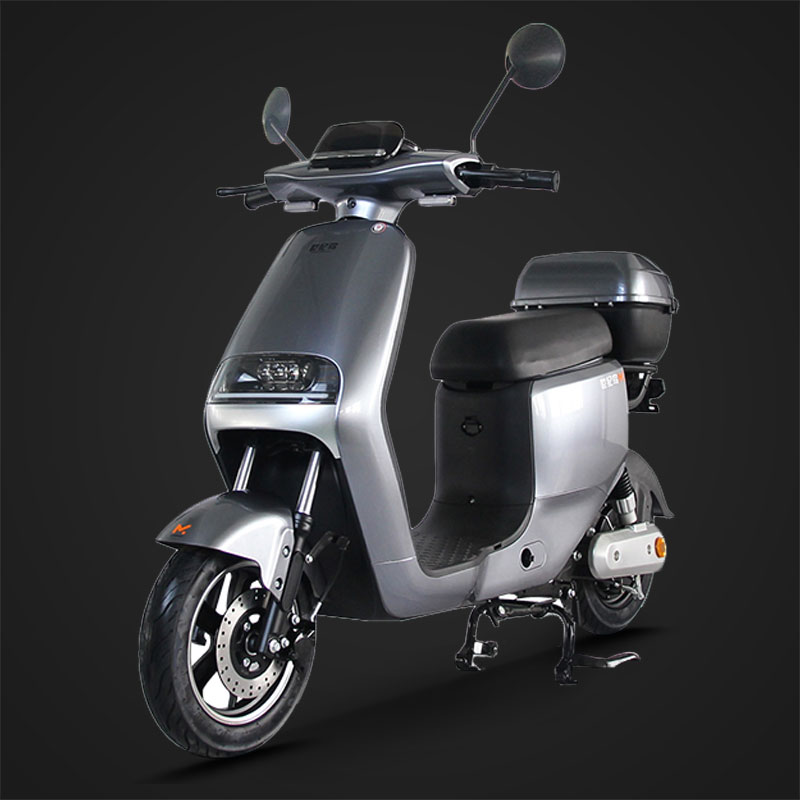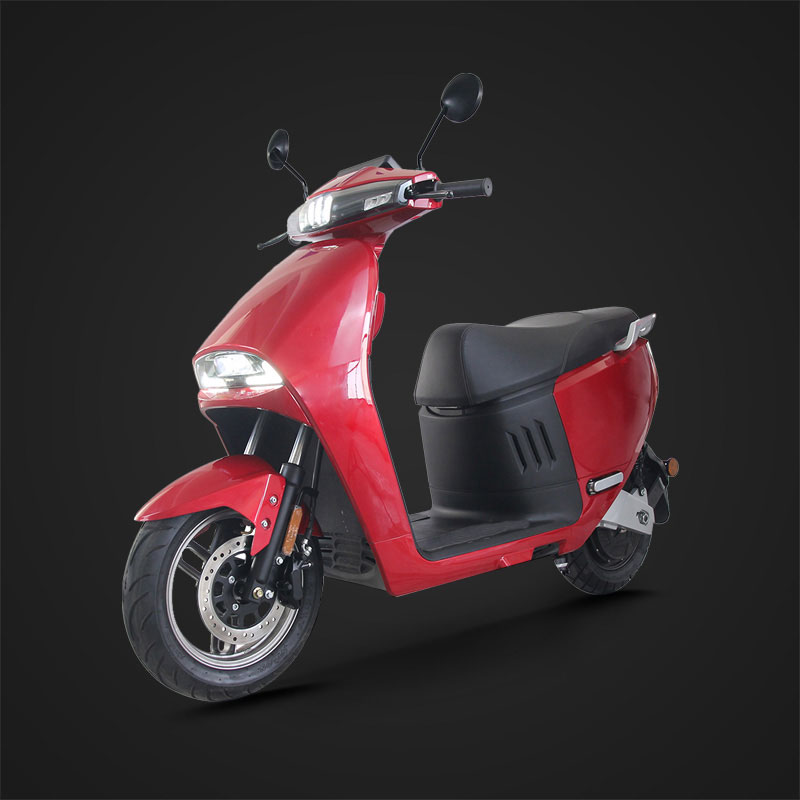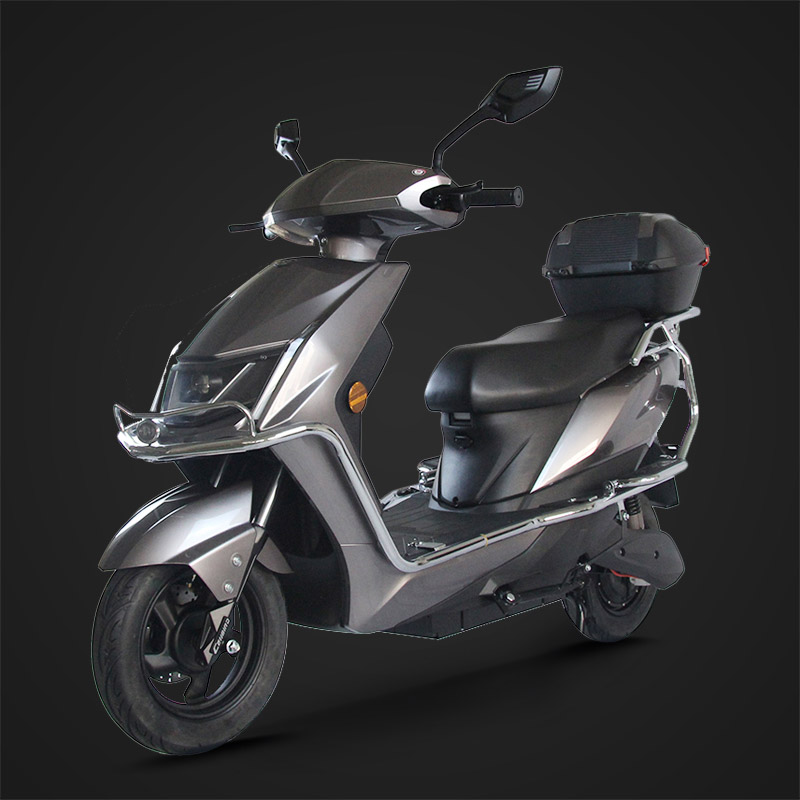Electric Motorcycles vs. Electric Mopeds - Which One Reigns Supreme?
 Jan 29, 2024|
Jan 29, 2024| View:291
View:291As the demand for sustainable transportation continues to grow, electric two-wheelers have gained significant popularity in recent years. Among the various options available, Electric Motorcycles and Electric Mopeds have emerged as two prominent choices.
Electric motorcyclesVSElectric Mopeds
Power and Speed
Electric motorcycles are generally more powerful and faster than electric mopeds. They are designed to offer performance similar to traditional gasoline-powered motorcycles, with higher top speeds and acceleration capabilities. Electric mopeds, on the other hand, are designed for lower speeds and are typically limited to lower power outputs, making them suitable for city commuting and shorter distances.
Design and Features
Electric motorcycles resemble traditional motorcycles in terms of design, with larger frames, more robust suspension systems, and higher weight capacities. They often come with additional features such as larger battery capacities, longer range, and more advanced technology. Electric mopeds, on the other hand, are typically smaller and lighter, resembling traditional mopeds or scooters. They are more focused on urban commuting, with features like storage compartments, smaller batteries, and shorter ranges.

License and Regulations
Electric motorcycles often require a specific motorcycle license to operate, similar to their gasoline-powered counterparts. They may also be subject to specific regulations and requirements based on local laws. Electric mopeds, on the other hand, often fall under the category of low-speed electric vehicles (LSEVs) or electric bicycles, depending on their speed and power output. This means they may not require a motorcycle license, and riders may be subject to different regulations and restrictions.
Design and Features
Electric motorcycles resemble traditional motorcycles in terms of design, with larger frames, more robust suspension systems, and higher weight capacities. They often come with additional features such as larger battery capacities, longer range, and more advanced technology. Electric mopeds, on the other hand, are typically smaller and lighter, resembling traditional mopeds or scooters. They are more focused on urban commuting, with features like storage compartments, smaller batteries, and shorter ranges.
Intended Use
Electric motorcycles are suitable for riders who want a high-performance two-wheeler for longer commutes, highway riding, or off-road adventures. They offer more power, range, and versatility. Electric mopeds, on the other hand, are designed for shorter commutes within urban areas. They are often used for navigating city traffic, running errands, or commuting to work or school in crowded areas.

On the range and battery capacity of electric motorcycles and electric mopeds
Electric Motorcycles
Range
Electric motorcycles typically offer a range between 80 to 200 miles (130 to 320 kilometers) on a single charge. However, some high-end models with larger battery packs can achieve ranges of over 200 miles (320 kilometers).
Battery Capacity
Electric motorcycles often have battery capacities ranging from 5 kWh to 20 kWh or more. Higher-capacity batteries can provide longer ranges and more power. The battery capacity influences the charging time as well, with larger batteries generally requiring more time to fully charge.
Electric Mopeds
Range
Electric mopeds generally have a more modest range compared to electric motorcycles, typically ranging from 30 to 80 miles (50 to 130 kilometers) on a single charge. However, certain models with larger batteries can achieve ranges of up to 100 miles (160 kilometers) or more.
Battery Capacity
Electric mopeds usually have battery capacities ranging from 1 kWh to 4 kWh. The smaller battery capacity is due to the lower power requirements and intended use for shorter commutes within urban areas. Smaller batteries often have shorter charging times as well.
The range and battery capacity of electric motorcycles and electric mopeds can vary depending on the specific model and manufacturer.It's important to note that these ranges and battery capacities are approximate values and can vary depending on several factors, including riding conditions, speed, terrain, weight of the rider, and the usage of additional features (such as headlights or heated grips) that may draw power from the battery.

What are some factors that can affect the charging time of electric motorcycles and mopeds?
Battery Capacity
The larger the battery capacity, the longer it will take to charge. A higher capacity battery will require more time to reach a full charge compared to a smaller capacity battery.
Charging Infrastructure
The charging infrastructure available for electric motorcycles and mopeds plays a significant role in charging time. The charging speed can vary depending on the type of charging station or outlet being used. Level 1 charging (standard household outlet) is generally slower compared to Level 2 charging (240V outlet) or DC fast charging (high-power charging stations).
Charging Method
Different charging methods have varying charging speeds. For example, Level 2 chargers provide faster charging compared to Level 1 chargers. DC fast charging, available in some models, offers even faster charging times, allowing for a significant charge in a short period.
Charging State
The current state of charge of the battery can affect the charging time. Charging from a lower state of charge will generally take longer compared to charging from a higher state of charge. Charging times may be longer when the battery is nearly empty as it requires more energy to recharge fully.
Battery Management System
The efficiency and capabilities of the battery management system (BMS) in the electric motorcycle or moped can influence the charging time. A well-designed BMS can optimize the charging process, monitor the battery's condition, and balance the charging between the battery cells, leading to faster and more efficient charging.
Temperature
Extreme temperatures, both hot and cold, can affect the charging time. Charging times may be longer in very hot or very cold conditions due to the impact on battery performance and the need for thermal management systems to regulate the temperature.
Battery Degradation
Over time, the battery's capacity can degrade, which can affect charging times. As the battery ages, it may take longer to charge to its full capacity.
The choice between an electric motorcycle and an electric moped relies on several factors, including intended usage, range requirements, performance expectations, and budget considerations. Electric motorcycles offer higher speeds, longer ranges, and a more powerful riding experience, making them suitable for riders who prioritize performance and longer rides. On the other hand, electric mopeds provide a practical and cost-effective solution for urban commuting, catering to shorter distances and convenience.








